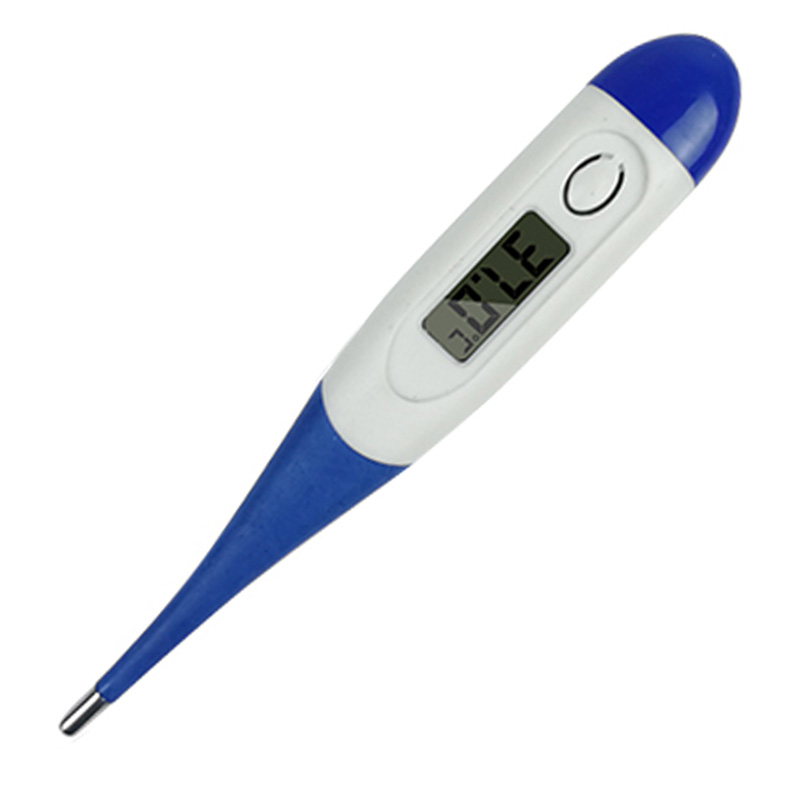Introduction to Infrared Thermometers
Infrared thermometers have become ubiquitous in various industries and homes due to their ability to measure temperature without direct contact. Known for their accuracy, speed, and convenience, these devices utilize infrared technology to perform a wide range of temperature measurements. This article provides a detailed guide on how to utilize infrared thermometers effectively, whether you are a homeowner, a hospitality professional, or working in industrial sectors.
The Technology Behind Infrared Thermometers
● How Do They Work?
Infrared thermometers function by detecting the infrared energy emitted by an object and converting it into an electrical signal. This signal is then displayed as a temperature reading. Unlike traditional thermometers, infrared models do not require contact with the surface being measured, making them ideal for situations where hygiene or accessibility is a concern.
● Benefits of Infrared Technology
The use of infrared technology in thermometers offers several advantages. They provide rapid temperature readings, often within seconds, and minimize the risk of contamination or cross-infection, which is particularly crucial in the food and healthcare industries. Furthermore, infrared thermometers are versatile and can measure a broad range of temperatures, making them suitable for various applications.
Different Types of Infrared Thermometers
● Handheld vs. Fixed Models
Infrared thermometers are available in handheld and fixed versions. Handheld models are portable and user-friendly, suitable for quick inspections and spot measurements. Fixed models, often used in industrial settings, are designed for continuous monitoring of temperature in processes where precise temperature control is critical.
● Specialty Thermometers for Specific Industries
There are specialized infrared thermometers tailored to different sectors, such as food service, HVAC, and automotive industries. These thermometers come with specific features, such as laser pointers for targeting, that enhance their utility in particular environments.
Choosing the Right Infrared Thermometer
● Factors to Consider
Selecting the appropriate infrared thermometer depends on several factors. Consider the measurement range, required accuracy, and the environment where the thermometer will be used. For instance, a Wholesale Infrared Thermometer might suit bulk purchases for a factory, while a Custom Infrared Thermometer can be tailored to specific needs.
● Accuracy and Range Requirements
Accuracy is paramount when choosing an infrared thermometer, especially in medical and food safety applications. The measurement range should also align with the temperatures you expect to encounter in your specific use case.
Proper Techniques for Using Infrared Thermometers
● Correct Way to Measure Temperature
To ensure accurate readings when using an infrared thermometer, point the device at the target surface and ensure the laser sight (if available) is aligned correctly. Maintain a consistent distance from the target, as specified in the device's manual, to avoid skewed results.
● Common Mistakes to Avoid
Avoid measuring shiny or reflective surfaces without applying a matte finish tape, as they can give incorrect readings. Additionally, be mindful of environmental factors like dust, steam, or moisture, which can affect the accuracy of the thermometer.
Applications in Various Industries
● Uses in Food Safety
In the food industry, infrared thermometers are critical for maintaining safety standards. They help monitor the temperature of food items during cooking, cooling, and storage, ensuring compliance with health regulations.
● Applications in HVAC and Automotive Industries
In the HVAC industry, infrared thermometers are used to diagnose system performance by measuring the temperature of ducts and components. Meanwhile, in automotive applications, they help in monitoring engine temperature and detecting potential overheating issues.
Maintenance and Calibration
● Importance of Regular Calibration
Regular calibration of your infrared thermometer is crucial to maintain its accuracy over time, especially when used in critical applications. Calibration ensures that the device consistently provides reliable readings.
● Tips for Maintaining Accuracy and Longevity
To prolong the life and functionality of your infrared thermometer, store it in a cool, dry place, and protect it from direct sunlight or extreme temperatures. Cleaning the lens regularly is also essential to prevent dirt or dust from interfering with measurements.
Understanding Readings and Measurements
● Interpreting Temperature Data
Understanding the readings from an infrared thermometer involves knowing the emissivity of the surface being measured. Most thermometers allow you to adjust the emissivity setting for different materials to obtain accurate results.
● Factors That Can Affect Readings
Several factors can impact the readings from an infrared thermometer, such as ambient temperature, interference from nearby heat sources, and incorrect settings. It's important to account for these variables to ensure accurate measurements.
Infrared Thermometer Safety Guidelines
● Safety Precautions to Follow
When using infrared thermometers, especially in environments with volatile substances, ensure that they are intrinsically safe to prevent sparks. Always follow the manufacturer's safety instructions to avoid mishaps.
● Regulations and Compliance Standards
Adhering to industry standards and regulations is crucial when using infrared thermometers, particularly in health and safety applications. Ensure your device complies with relevant standards, such as CE and ISO.
Future Trends in Infrared Thermometry
● Emerging Technologies and Innovations
The future of infrared thermometry looks promising with advancements in sensor technology and digital integration. Emerging trends include connectivity features that allow data logging and remote monitoring.
● Potential Future Applications and Growth Areas
Infrared thermometers are likely to find new applications in smart homes and environmental monitoring, where temperature control and data analytics play an increasingly important role.
---
At the forefront of the infrared thermometer industry, Leis stands out as a leading medical supplier. Devoted to research, design, manufacturing, and marketing of medical devices, Leis provides high-quality products and exceptional service. With a comprehensive product line including digital thermometers, OEM Infrared Thermometers, and ODM Infrared Thermometers, Leis aims to build long-term partnerships with customers, all while adhering to strict quality standards and competitive pricing.

